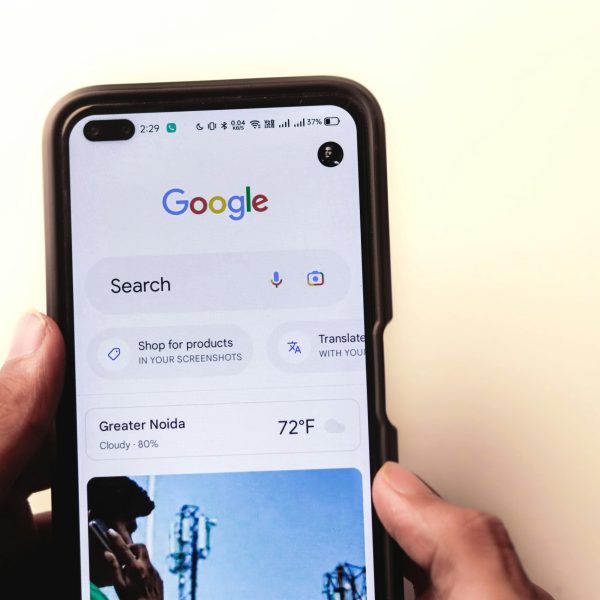Key Elements of Off-Page SEO
Links from other reputable websites signal to search engines that your site is trustworthy and valuable.
While social media doesn’t directly impact rankings, it helps build brand awareness, drive traffic, and attract potential backlinks.
Writing articles for other websites can earn quality backlinks and expose your brand to new audiences.
Positive reviews on platforms like Google My Business improve credibility and visibility in local search results. For more information about seo byrå.


